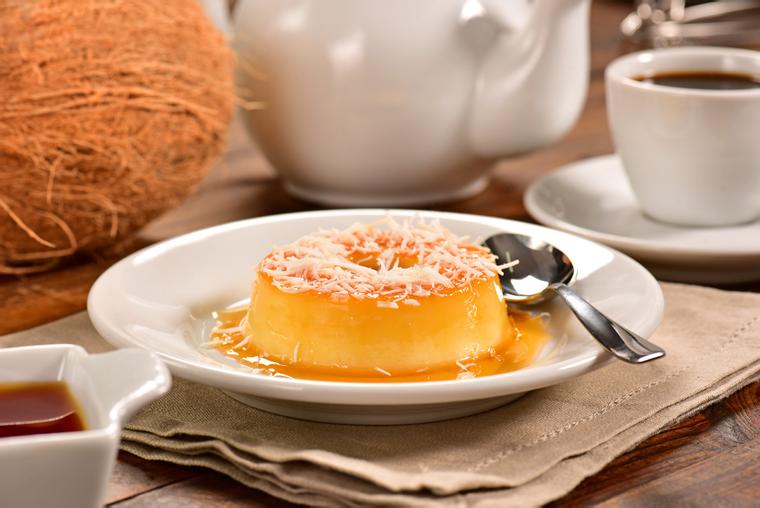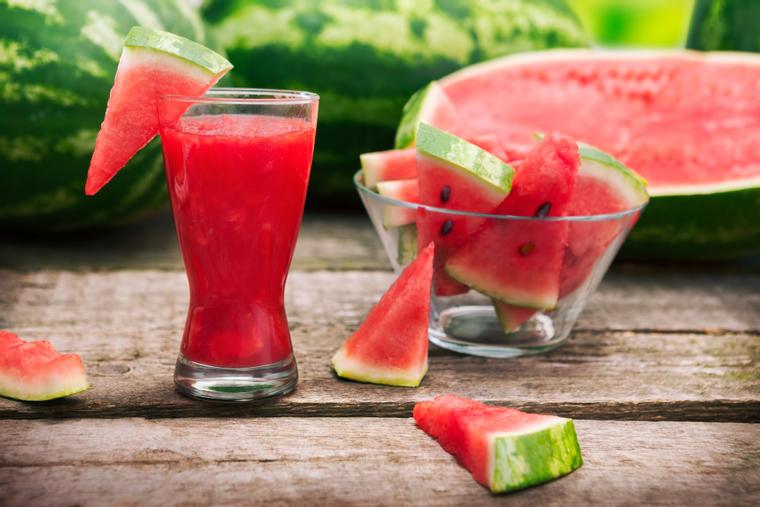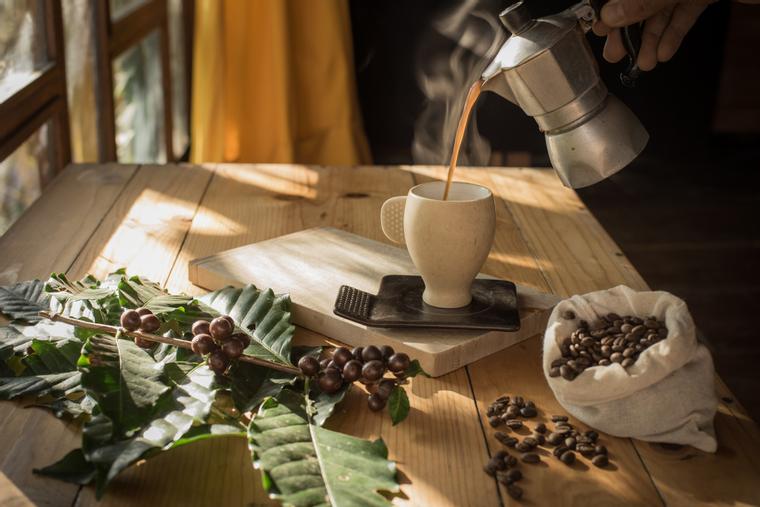- Travel Guides
Costa Rica's Food
Costa Rica is known internationally for its towering forests and abundant coastline, but what about its food? As an agricultural society, Costa Rica is well stocked with fruits, vegetables, and grains. These find their way into the majority of dishes, whether it’s a staple such as gallo pinto or a new, international-styled offering.

San Jose has a wide range of restaurants, as do most of the country’s top destinations. In such places, you’ll not only find traditional Costa Rican cuisine, but also international options including French, Italian, German, and Spanish. Adventurous eaters can sample a number of different culinary styles and enjoy fresh, locally sourced meals. Rural areas tend to have more basic offerings.
Mainstays
Rice and beans are the foundation of most Costa Rican meals. At breakfast, they’re paired with eggs or meat and called gallo pinto (which means 'spotted rooster' in Spanish — a reference to the speckled appearance of the rice after it’s cooked with beans). At lunch or dinner, the rice and beans are usually part of a casado. Casados generally consist of a small salad; beef, fish, or chicken; fried plantains; rice, and beans. Casado, which literally translates as 'marriage', is a reference to the marriage of different ingredients included in this meal.
Both gallo pinto and casados are known as comida típica ('typical food'). You’ll find similar offerings all across Costa Rica, especially at local restaurants called sodas. Sodas serve low-cost, homestyle meals.
Browsing a Costa Rican menu, you’re likely to come across several arroz (rice) dishes. Most often, the rice is fried and offered with pollo (chicken) or gambas (shrimp). Gallos — tortillas stuffed with meat, cheese, or beans — are quite popular as well, as are empanadas, tamales, and tortas (sandwiches on buns).
Vegetables and Fruit
Vegetables are usually offered as part of a side salad, which often includes shredded cabbage, tomatoes, and carrots. A larger option is the palmito, a salad made from the stalk of small palm trees and mixed with other veggies. Stews often incorporate vegetables too — you might try a side dish like the picadillo, which is made from the puree of vegetables and mixed with a little meat.
Corn is used extensively, usually in the form of tortillas or pancakes, although you’ll sometimes find it as corn on the cob. Plantains, although technically a member of the fruit family (they’re a relative of bananas), behave like vegetables in Costa Rica. Known as platanos, these are usually fried, sprinkled with salt, and served on the side. Yuca (also known as cassava) is another starchy root vegetable that is served frequently.
Costa Rica has an abundance of tropical fruit. The most common are mangoes, papayas, pineapples, bananas, and melons. Other fruits that you may come across in Costa Rica include granadilla (passion fruit), aguacates (avocados), guayaba (guava), carambola (star fruit), and marañón (fruit of a cashew tree). You’ll also find fruits that might be less familiar to you such as custard apples, water apples, and breadfruit. If you can be brave with your adventures, then you can be bold in your food choices!

Meat and Seafood
Cattle are plentiful in Costa Rica and so is beef. You’ll find beef in most restaurants, offered either as steaks or as part of a stew. A typical local dish called olla de carne, which includes a beef broth, meat, root vegetables and corn, is quite popular. Chicken and pork are roasted and usually very tasty.
Costa Rica is bordered by both the Pacific Ocean and Caribbean Sea. Not surprisingly, there is an abundance of seafood offered throughout the country. Corvina (sea bass) is the most common and is served fried, grilled, or as ceviche (raw fish marinated in lemon juice, onions, and cilantro). You may also find tuna, dorado (mahimahi), swordfish, and pargo (red snapper). Shrimp and lobster are offered in some areas as well.
Want to try your hand at reeling in the catch of the day? Go on one of these sport fishing tours.

Desserts
There is no shortage of sweets in Costa Rica. You may already be familiar with tres leches cake, a beloved dessert that’s popular throughout Latin America. Light sponge cake or butter cake is drenched in a combination of evaporated milk, sweetened condensed milk, and heavy cream; then it is topped with whipped cream, and sometimes fruit (with strawberries being especially popular). The end result is incredibly luscious and indulgent.
Another popular cake is queque seco, which translates to ‘dry cake’ but is actually similar to pound cake — deliciously buttery, and often infused with rum, raisins, and orange juice. This cake is delightful in its simplicity, and quite flavorful when made with the high-quality ingredients available in Costa Rica. In other words, don’t let the translation scare you off — this cake is anything but ‘dry’ or boring.
Flan (also known as ‘creme caramel’) is a smooth and creamy custard dessert that is similar to ‘creme brulee', except it lacks the satisfying crack of digging into a crisp caramel top; instead, caramel syrup flows over the body of the custard allowing your spoon to effortlessly glide through. You can also find a delightful coconut variation of this dessert frequently offered up.
The nation also boasts a variety of sweet breads, cookies, ice cream, candies, and fudge; so, whatever you have a sweet tooth for, you’re sure to find it. By the way, many of Costa Rica’s desserts are made with raw sugar (typically, locally sourced) and condensed milk, which makes them doubly indulgent. Savor the experience and don’t even bother counting calories — you’re on vacation…treat yourself!

Beverages
When it comes to Costa Rica’s drinks, there’s going to be some crossover with the fruits. Refrescos are a satisfying and simple drink found all over the country made by blending fruit, water, and ice. Insider’s Tip: Refrescos are often simply referred to as ‘frescos’ and can be made with milk instead of water for an extra smooth and creamy treat! Sugar may be added, so if you want strictly fruit, politely request ‘sin azucar por favor’ (no sugar please).
Speaking of sugar, you can sample sips of sugar cane juice, but it is not recommended as a beverage to drink straight in large quantities! However, you can enjoy the flavor of sugar cane and get a pick-me-up if you order an agua dulce; this ‘sweet water’ is literally water blended with sugar cane juice, and it is often used to re-energize laborers and agricultural workers toiling under the sun. Surprisingly, instead of being served exclusively ice-cold, this drink is frequently served warm or downright hot.
A popular drink that you may already be familiar with if you’re a fan of Latin American cuisine is horchata. This cool and creamy drink is a delicious blend of sweetened rice, milk, and cinnamon; in Costa Rica, you may find that it is also made with cornmeal. It may sound a little unusual, but we would encourage you to try it; almost every horchata newbie ends up loving it after just one sip.
If you’re visiting Costa Rica’s coastal areas, you’ll see roadside vendors selling green coconuts, or pipas. These are filled with coconut water. The vendor will usually cut the top off with a machete and stick in a straw. Pipas are cheap and refreshing. As far as fruit-based beverages go, it doesn’t get any fresher than this!
A cool drink is especially refreshing after these awesome adventures...

Of course, this list would be incomplete if we didn’t add coffee — one of the nation’s most vital crops and exports. Naturally, coffee is prevalent throughout the country, but you may be surprised by how it is brewed. Although many places are beginning to cater to Westerners who prefer a strong, deep brew, Ticos tend to prefer a lighter brew that North Americans and Europeans often deem ‘weak’ compared to what they’re used to at home. So, keep this in mind when you consider stopping for a coffee. That being said, high-quality brews and the usual accoutrements of sugar and milk are in ample supply. Not a fan of coffee? Don’t worry, you can enjoy a lovely herbal tea.
Though hot chocolate might not be the first thing you think of when visiting a tropical country, the fact that the nation produces cacao means that you can get yourself a darn fine cup of hot chocolate in Costa Rica. You’ll particularly appreciate this treat if you find yourself in the cooler mountain regions, or exploring the country during ‘green season.’
Enjoy a farm to table experience by going on a coffee or chocolate plantation tour!
As for alcoholic beverages, there are too many to list. Imperial is the national beer, but you can find a wide variety of domestic and international brews. Guaro is the national liquor and it is made from sugar cane, but don’t let that fool you! It is incredibly strong — a little goes a long way. If you like wine with dinner, you will find it in ample supply and may discover a new favorite from Chile or Argentina. As for cocktails…so many blends, so little time to list them all!
Traveler’s Note: It is not advisable to drink Costa Rica’s tap water, so if you are preparing to enjoy a beverage where the water has not been boiled first, i.e. a cold refreshment, it is perfectly acceptable to POLITELY ask what kind of water was used — especially as a traveler.
It's more than just having a good time or visiting beautiful places (although that's absolutely a part of it!), it's about being part of a unique experience that stays with you.



